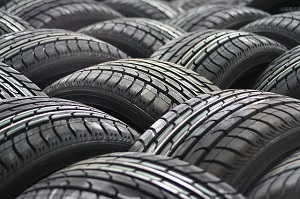There are so many tire designs on the road — all-season, high performance, touring, light truck — and even within a specific tire design, there may be several c hoices of tread patterns. What differentiates them, and what are the pros and cons of each tread design?
Thank you for reading this post, don't forget to subscribe!— Directional tread has a pattern of grooves and chevron shapes, all pointed in one direction. This design makes it easy to direct water away from the tire’s contact patch and prevent hydroplaning in wet weather, and also offers low noise and great road manners. The directional design means tires can only be rotated front-to-rear and not side-to-side or diagonally.
— Symmetrical tread patterns feature grooves or herringbone designs that are extremely uniform across the tire’s tread face. Symmetrical designs are popular for touring tires due to their quiet ride, long wear and ease of rotation, making them a very versatile tread pattern.
— Asymmetrical tread patterns are a bit of a compromise. They’re typically designed with a mix of tread patterns, often with a section at the middle and inside edge of a tire that’s designed for wintry or wet-weather traction. The outside edge, on the other hand, has aggressive tread blocks for optimum cornering ability. Asymmetrical tires are marked with “outside only” and “inside only” on the sidewalls to preserve proper handling qualities.
— Directional/asymmetrical tires are the best of both worlds. They’re usually designed with a V-shaped tread to direct water away from the footprint, and an asymmetrical section for dry-weather traction and handling. Directional/asymmetrical tires should be rotated in the same pattern as directional tires.


